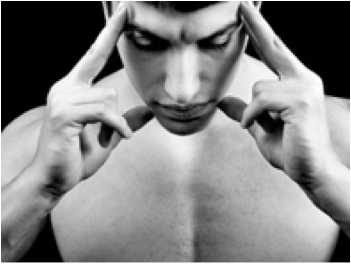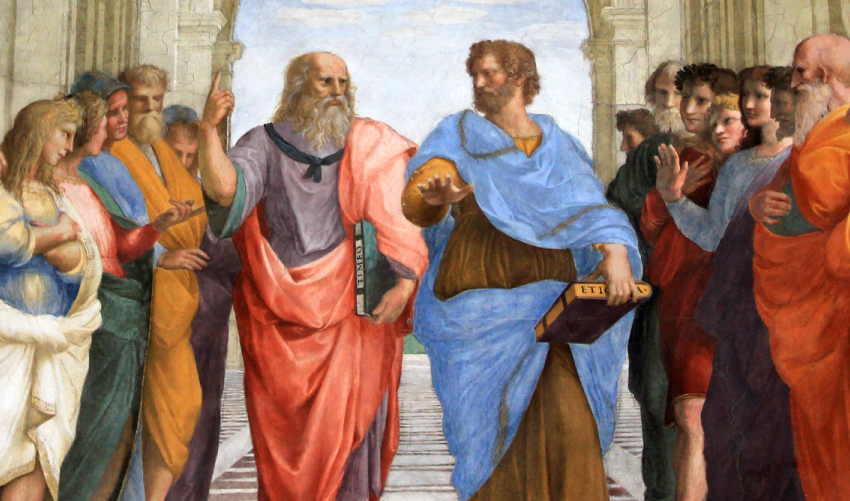Imagery As a Tool Of Thought
Three quarters of a century back psychologists were deeply concerned with the role of imagery in the thought process. Some investigators have maintained that thought required the use of images – mental pictures of actual sensory experiences, whereas others held that thinking could process without imagery.
The latest researches have supported the second point of view. In one pioneer investigation, for instance, it was established that many a mathematicians and scientists were engaged in the most superior type of complicated thinking (Gallon 1883). A great French geometrician, Poincare’ described himself as lacking in the ability to visualize the space. Less gifted persons and children, on the other hand, often possess clear visual imagery to a much higher degree. Quite many a people have claimed to dream without the use of images. All this is not to deny that imagery is used in many kinds of thinking but evidently other kinds of symbols may be used instead. Most of the people seem to be strongest in visual imagery. Some, however, are strongest in auditory imagery and a small minority report that images of touch, muscle movement taste or smell are the strongest.
Individuals do possess, in certain cases, imagery which is almost similar to actual perception in its clarity and accuracy (Barber, 1959). These strong images, usually visual, are referred to as eidetic images. Those ‘who possesses bright eidetic imagery can frequently tell the exact position of a formula or a fact on the page of a book. After just having a glance for a fraction of a second at any object, they can have and report such a vivid, live image as to give a complete description. Suppose it was a comb. Such people can even report correctly the exact number of teeth in the comb. People of such instances may copy in an examination of their image of the printed page. They can do so with accuracy as great as though the book were actually open in front.
Eidetic imagery is most often found the stronger in children. It is not a particularly mysterious phenomenon though it is comparatively rare in adults. A careful investigation has shown – that –eidetic imagery is simply a very clear visual memory (Allport 1928) It does appear to play a very important’ role of creative imagination which requires flexibility. Materials stored eidetic ally are not easily broken down and reassembled in new patterns.
Visual imagery is not necessarily the same kind of visualization actual useful complex thought –process. This fact was brought out in an introspective account by a psychologist who is also a chess master capable of playing twelve boards of blindfold chess simultaneously. By ‘blindfold’ here is actually meant that the player sits with his back to the board or boards or so that he cannot see the pieces (chessmen).
Ability to visualize what is happening on the chessboard is a strong winning factor primarily. This visualization process is, however, a ‘summation of many learned skills. This is more a process of abstraction than a literal visualizing of all details.
Author Bio:
This article is written by Austin Richard. He is 220-801 exam certified and now getting prepared for 220-802 exam. He likes to write on different matters in free time.


















